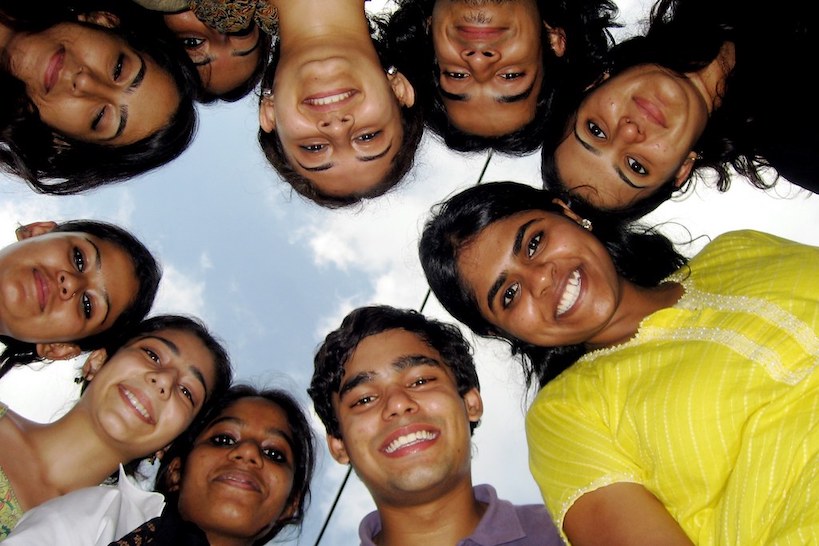Teach a Man to Fish: How Entrepreneurship Can Be A Solution for Youth Unemployment
Related Articles
How access to clean water will reduce drastically by 2030 and why our approach to water needs must change
By 2030, nearly 40% of Indian cities could run out of drinking water. It’s not a distant worry- it’s already happening. If you’ve lived...
Loneliness among senior citizens in India, a growing concern
India is home to one-fourth of the global elderly population; which is expected to rise to 319 million by 2050. According to the Ministry...
Banking on Diversity: How Women Leaders in BFSI Can Revolutionise Financial Services Sector
India’s independence was a critical turning point for women’s participation in the financial services sector. Although the first bank in the country was established...


 Neeraj Ahuja is part of the senior leadership team at Transform Rural India. Neeraj leads the mass rural entrepreneurship program and Global Opportunity Youth Network program in TRI to catalyze economic opportunities for rural youth at scale. Neeraj has been a part of the Prime Minister’s Fellows Program before joining TRI where he worked closely with community and district administration in one of the left-wing extremism-affected districts in India. Neeraj was also part of the ICICI Fellowship where he worked closely with Gram Panchayats to bring accountability and transparency to the governance and functioning of Panchayats. Neeraj has a post-graduate degree in Development Practice from the Tata Institute of Social Sciences, Mumbai, and Bachelor in Electronics and Communication Engineering from RGTU, Bhopal.
Neeraj Ahuja is part of the senior leadership team at Transform Rural India. Neeraj leads the mass rural entrepreneurship program and Global Opportunity Youth Network program in TRI to catalyze economic opportunities for rural youth at scale. Neeraj has been a part of the Prime Minister’s Fellows Program before joining TRI where he worked closely with community and district administration in one of the left-wing extremism-affected districts in India. Neeraj was also part of the ICICI Fellowship where he worked closely with Gram Panchayats to bring accountability and transparency to the governance and functioning of Panchayats. Neeraj has a post-graduate degree in Development Practice from the Tata Institute of Social Sciences, Mumbai, and Bachelor in Electronics and Communication Engineering from RGTU, Bhopal.